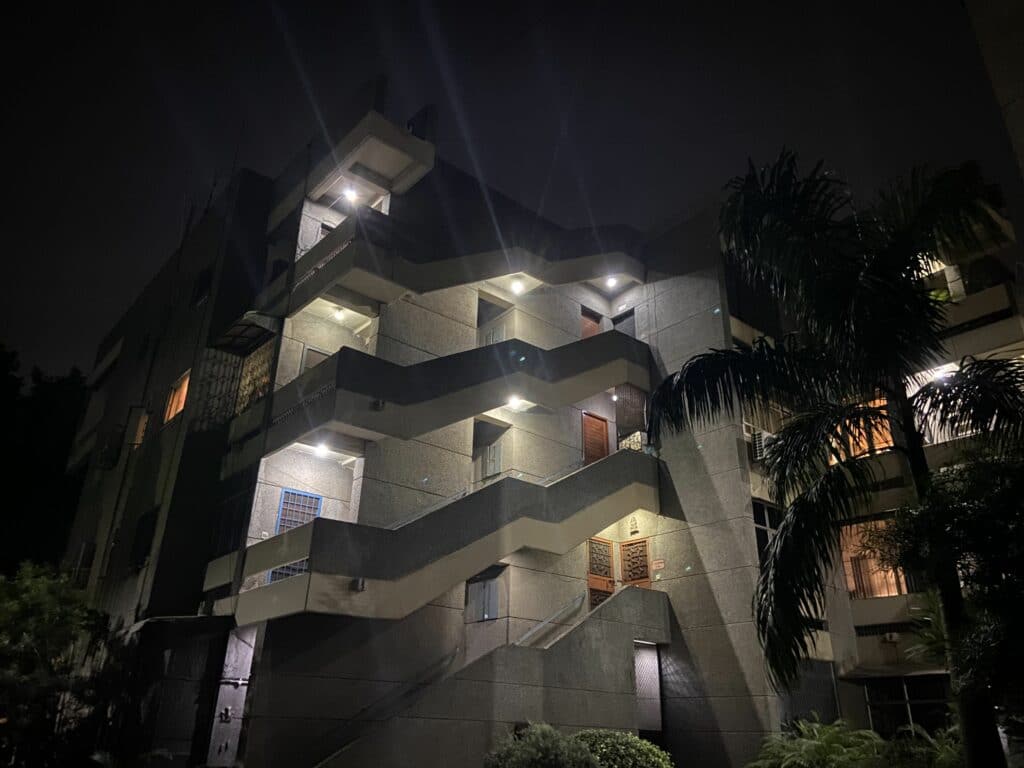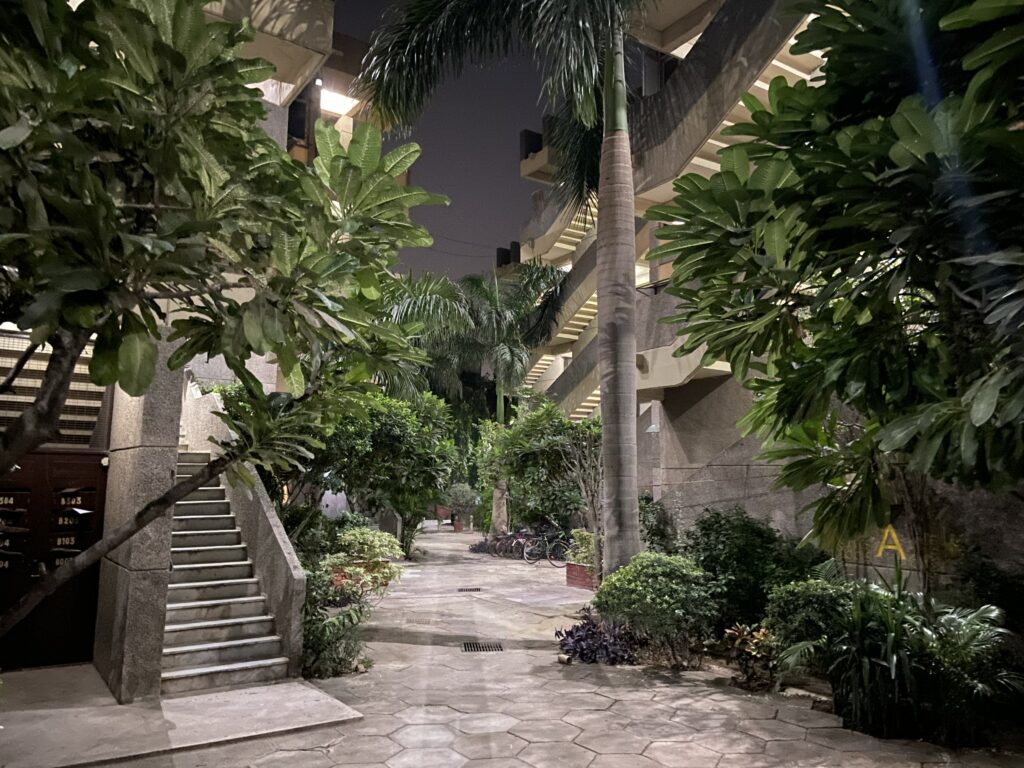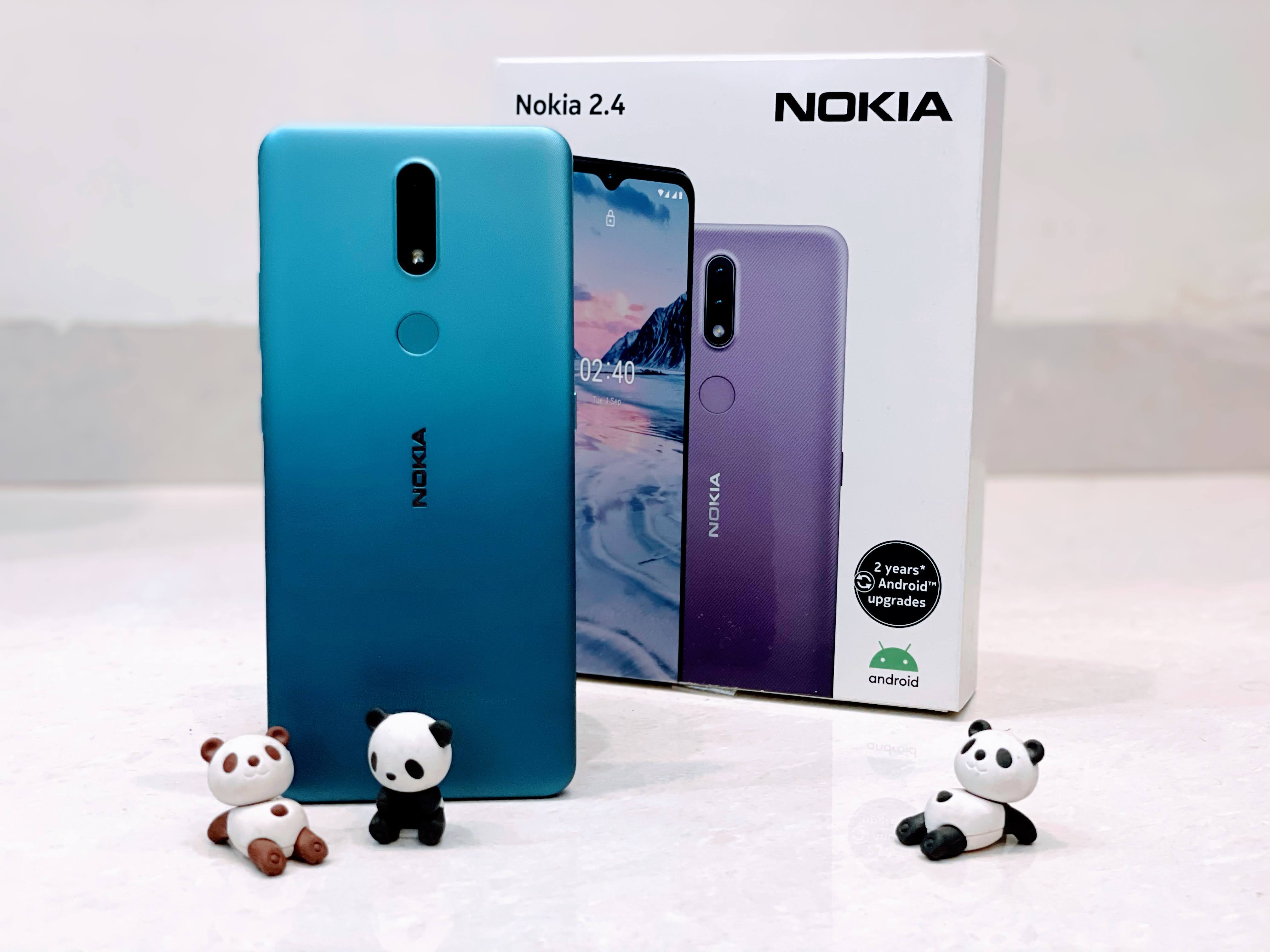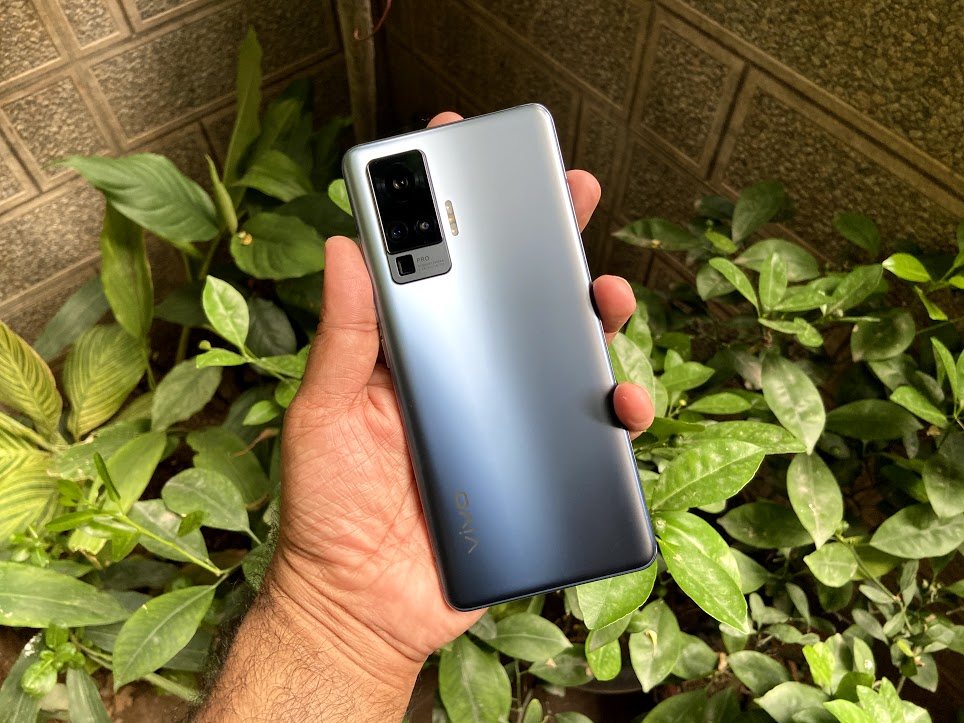Today’s consumers seek a powerful camera, long battery life, and fast processing capabilities in their smartphones. For those seeking an upgrade to their old iPhones, or for those seeking to enter the walled ecosystem of Apple iPhones, the new iPhone 11 is a good bet. While many may argue about the 2019 edition of iPhones being just an incremental upgrade, there are serious improvements that Apple has been able to pull together in the new iPhones.
As a successor to last year’s iPhone XR, the new iPhone 11 looks identical to the XR, uses the same “Liquid Retina” LCD screen akin to the one in XR, and has a resolution of 1792 x 828. Yet, the iPhone 11 deserves a good look, for it is more colourful and comes in six new colors, more faster, and comes equipped with a dual camera system, the new A13 Bionic SoC, improved IP68 water resistance, upto one hour longer battery life, Dolby Atmos sound, 802.11ax WiFi, Gigabit-class LTE, among other features. After using the device over the past few days, I am impressed with its capabilities and performance.
The A13 Bionic chip uses the second generation 7nm process from TSMC, and has 8.5 billion transistors. The bump in transistors actually turns out to be a 23% hike, as against 6.9 billion transistors that the A12 had.
The two performance CPU cores in the A13 bionic chip are 20% faster, and use 30% less power compared to A12. Similarly, the four efficiency CPU cores are 20% faster, and consume 40% less power than the A12. The A13 GPU has 4 cores and is 20% faster, and uses 40% less power. The neural engine on A13 has 8 cores and is 20% faster, uses 15% less power
When it comes to Machine Learning, the A13 Bionic Chip sports a Machine Learning Controller, which allows machine learning models to be scheduled across the CPU, GPU and the Neural Engine. Thus, the A13 is able to deliver on efficiency as well as performance. With its on-device natural language processing, the A13 is able to deliver on various features, including, image classification in photos and videos, as well as character animation in AR apps, among others.
The A13 is able to deliver on performance, functionality, as well as power efficiency in the new iPhones.
The iPhone 11 comes with a dual 12 MP camera on the back, including a new ultra-wide camera and the standard camera.
What really strikes one while using the iPhone 11 is the brilliant camera capabilities, with Apple really improving its overall game, and especially in low light conditions. In good light conditions, the iPhone 11 camera works wonders, with photos having more details and sharp colors. More than the main camera, it’s the ultra-wide camera that is fun to work with.



The night mode on iPhone 11 marks a big leap forward for Apple, and its capabilities here now almost equal those of Google Pixel, and a shade behind Huawei P30.



The Portrait Mode in the iPhone 11 has improved from the previous generation iPhones, with six Portrait Lighting effects available, in place of the earlier three in the iPhone XR. The iPhone 11 includes six portrait modes, including Natural, Studio, Contour, Stage, Stage Mono, and High‑Key Mono.
The Portrait Mode create a depth-of-field effect that brings the subject into focus, while blurrying the background. In addition, the available of nifty studio-quality lighting effects, including black-and-white stage lighting works wonders.
In sum, the iPhone 11 camera includes all must-have features that the competition provides, and marks a significant improvement in iPhone. That said, the lack of an optical zoom is jarring.
Among other things
The iPhone 11 is made of aluminium, and sports a tougher glass, and comes with thicker bezels due to its LCD display.
The IP68 water resistance, means the iPhone 11 can remain submerged in up to two metres of water for 30 minutes.
The Bluetooth performance is more improved. On the other hand, Face ID is now much better, works at wider angles and is swifter.
As a daily driver, the iPhone 11 delivers efficiently, with apps loading faster. Between charges, the iPhone 11 lasts long, serving upto 34 hours of juice. That said, charging the iPhone 11 with the 5W charger is painfully slow. It takes almost 3 hours and 35 minutes to take the iPhone 11 to completely recharge from zero.
The iPhone 11 is a good leap forward for Apple from the iPhone XR. Agreed, it lacks the OLED display and lacks in looks. Yet, it packs a punch, and with its new pricing strategy, Apple has ensured that this is the best iPhone for someone in the market seeking to buy an iPhone for the first time, or even for those seeking to upgrade from older generation iPhones.



